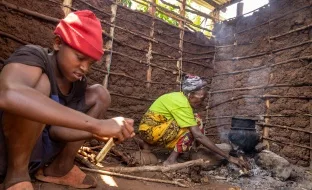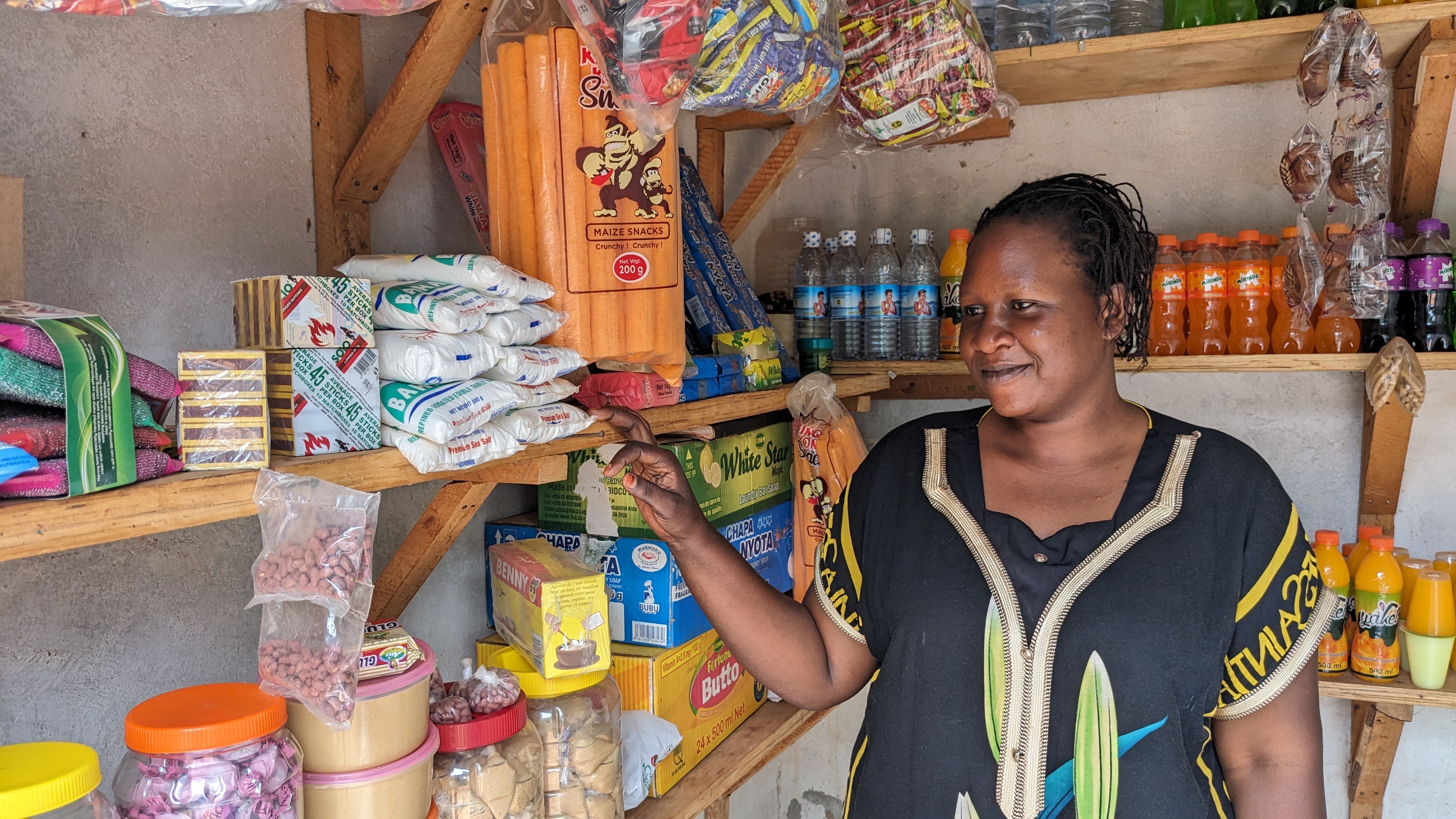Disaster response is, sadly, often a disaster. We give hundreds of millions of dollars to big organizations with great name recognition but poor track records executing. Sometimes we collect truckloads of random stuff and ship it ourselves, hoping that it happens to be what people need. (Guess how that story ends.) If ever there was a scenario where direct giving is needed, it’s after a disaster.
Reflecting on these problems, we recently gave some of our team the green light to run a demonstration project: direct giving to people affected by hurricane Harvey.
There were good reasons not to do this. Our focus has been and continues to be in developing countries, where we think a donated dollar will typically do the most incremental good (since baseline poverty is so extreme). We don’t want to inadvertently encourage people to divert their giving from poor countries to rich countries, or send the message that giving decisions should be driven by images of suffering on television and social media.
On the other hand, we saw meaningful upside potential. The fact is many people do give to disaster response and could have more impact if they were able to do so directly. Currently they cannot. Running a project in Houston, we conjectured, could bring the idea of direct giving to a much larger audience and provoke a discussion about how to respond to disasters in general. (Little did we realize how immediately relevant this would be, with Harvey quickly followed by Irma, Maria, and the earthquake in Mexico City).
On net, we decided it was worth testing the waters. Our field team in East Africa is working well below capacity (we expect to move at most $49M this year against capacity of ~$100M), so sending a couple of folks to Houston seemed a good, low-cost opportunity to experiment.
So: two weeks in, what have we learned?
It’s still early days, but a few things stand out.
First, all the feedback we’re getting from people on the ground underscores the need for direct giving. One pastor told us how he has had to ask people to stop sending truckloads of in-kind donations that his community can’t use: tons of bottled water, unwashed clothing, and even floral arrangements (?). Dealing with this unwanted “help” takes him a lot of time. One resident told us “it looked like stuff you couldn’t sell at a garage sale.”
Second, there seems to be real scope to shift donations that would not otherwise be given directly. In just the first few days after launching, donors who hadn’t previously given through GD had committed significant funds. So we’re feeling good about the bet on opening up new giving opportunities vs. cannibalizing old ones.
Third, logistics have been smooth. We’ll share more details in a subsequent post but the short story is we’re keeping it simple, finding the poorest and hardest-hit communities and enrolling everyone, and then giving out $1,500 prepaid debit cards. It isn’t easy, but it’s not as hard as remote, rural parts of developing countries.
Bottom line, we’re excited about this. We took a risk on Houston. It may well turn out we were wrong. But from the early returns, we think there’s the potential here for big change to a big industry.
– Paul

